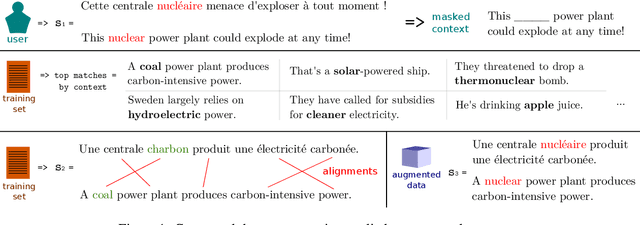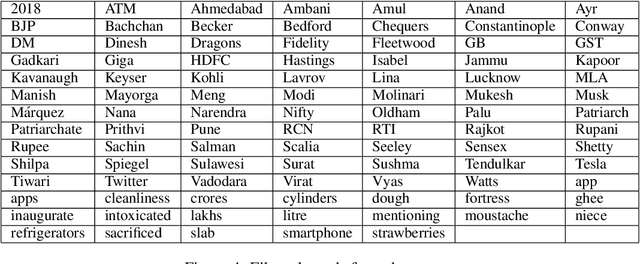Few-shot learning through contextual data augmentation
Paper and Code
Mar 31, 2021



Machine translation (MT) models used in industries with constantly changing topics, such as translation or news agencies, need to adapt to new data to maintain their performance over time. Our aim is to teach a pre-trained MT model to translate previously unseen words accurately, based on very few examples. We propose (i) an experimental setup allowing us to simulate novel vocabulary appearing in human-submitted translations, and (ii) corresponding evaluation metrics to compare our approaches. We extend a data augmentation approach using a pre-trained language model to create training examples with similar contexts for novel words. We compare different fine-tuning and data augmentation approaches and show that adaptation on the scale of one to five examples is possible. Combining data augmentation with randomly selected training sentences leads to the highest BLEU score and accuracy improvements. Impressively, with only 1 to 5 examples, our model reports better accuracy scores than a reference system trained with on average 313 parallel examples.
 Add to Chrome
Add to Chrome Add to Firefox
Add to Firefox Add to Edge
Add to Edge